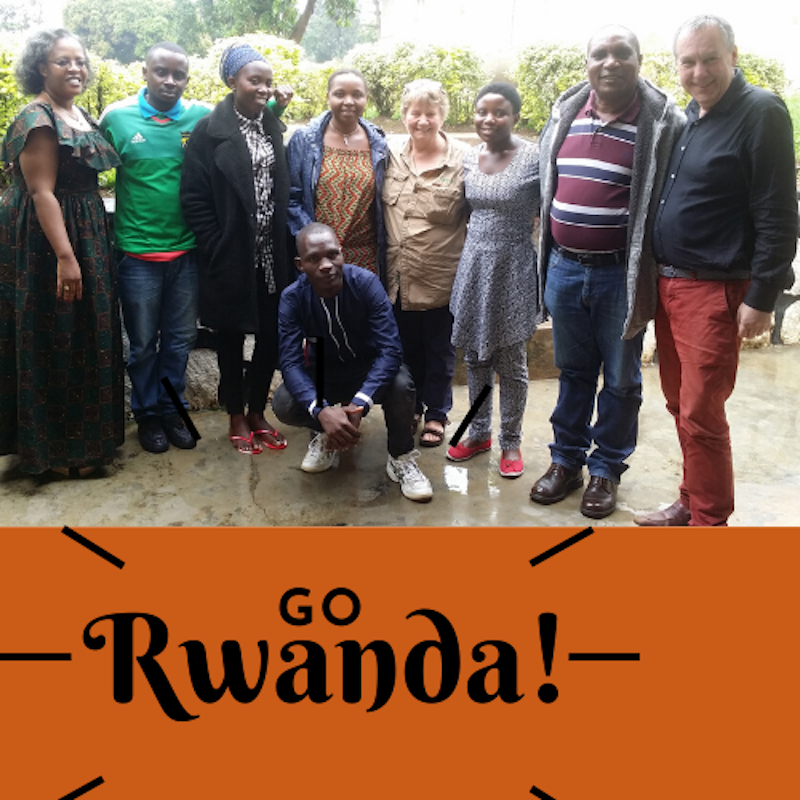
"Fostering a spirit
of hope and peace
among a new generation."
Go Rwanda!
I was privileged to visit Rwanda during early 2020, to take part in and witness some of the wonderful community-building work that is taking place there, especially fostering a spirit of hope and peace among a new generation.
My participation focused on using the labyrinth as a tool for bringing together people, as well as its use in meaningful ceremony and for healing, although I was privileged to see many other ways that people are working together, and through shared skills and learning, are creating beautiful projects where once there had been such disharmony.
My opportunity to help support work around the labyrinth came from an invitation from Canadian labyrinth enthusiast Susan Murphy, whose brainchild the initiative was, and whose engaging with Rwandans over several years formed a partnership with the Peace Development Network there. Among other services, the network has established a network of schools and peace libraries, with which we were privileged to work.
Go Rwanda! is a new initiative, inspired by what I saw: to open up my ministry in new directions as I may be able to offer skill, knowledge, and time to help individuals and communities enhance their work. What directions this may take at the moment are unclear, but may include training in areas such as lay preaching, ritual and commitment, team building, and coaching.
The labyrinth may continue to play a part in this work, including expansion to new communities within Rwanda, as well as to other countries within East Africa.
The main support that I ask for is prayer, especially to give wisdom in how and where I might serve. I intend to post news of planned and actual activities here in due course. To start with, here is a summary of the work that Susan, the Peace Development Network, and I undertook during early 2020.
Launching with the labyrinth
In the land of a thousand hills, it has been inspiring to join with many people to build labyrinths, with a people who hope. Through Umaganda events for children (monthly community gatherings), an extensive workshop with Peace Development Network, a peace prayer for children to pray, and rural school and library visits, groups have come together to build labyrinths and integrate them with ceremonies and sharing. Locally-created finger labyrinths, adopting Rwanda’s Imigongo art, are appearing in public places. Temporary labyrinths have been etched into sand on the shores of Lake Kivu. Communities are discovering the labyrinth as a focus for unity and collective purpose.
Email: clive@clivejohnsonministry.com
Phone: +44 (0)7956 942980
Skype: cliverj2
Follow me on social media:
